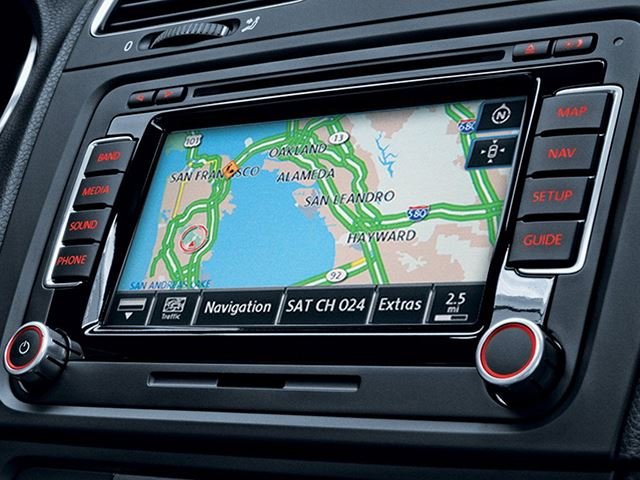Us car people are able to see life that resides inside of a metal machine that sits on four wheels. As living things, cars are also subject to constant change, and this means that some of the cutting edge features that we see as new will soon be slated for museums and junkyards. Already we have seen the things that have come and gone from the car, but what about the features that have yet to vanish? Here are the five that will likely disappear soon.
External car mirrors represent low-tech driving solutions that will soon be replaced by cameras. First, the aerodynamic profile of the car would get much better without having the two flaps sticking out on either side. It would be easier to park in tight spaces too because there would be no chance of breaking the mirrors. Automakers know this, and that’s why cars like the 2016 Honda Civic Sedan have cameras integrated into mirrors that display what they see onto the navigation screen when the turn signal is activated, acting as an intermediary phase with the technology. Concept cars like the 2016 BMW i8 are also mirror-less, which seems to allude to the future of the car.
Navigation systems became all the rage in the early 2000s because they enabled spur of the moment road trips that didn’t involve printing off the MapQuest directions or buying maps and using context clues to get to a destination. That’s too much work for anyone but boy scouts nowadays, and it’s all thanks to the GPS. Now, everyone has a smartphone that has easier to use navigation systems, voice command for hands-free situations, and can pretty much take care of any multimedia needs. Back in the day, people had to carry around their cell phones and MP3 players separately until smartphones got music playback capabilities. The same will happen with the GPS and infotainment system once the phone gets integrated into a car’s dashboard screen.
Right now, USB ports are becoming more frequent in cars as battery-killing smartphones make their way into every pocket. Long road trips and quick top offs are enabled with these extra ports, and so is the ability to connect a phone to the car’s entertainment system. Soon, this won’t be the case. The 2016 Kia Optima SXL already features a wireless charging dock, and as more phones adopt the technology, more cars will carry it. Bluetooth connections between cars and phones already exist to enable music playback and hands-free phone calls, so once charging cables become obsolete, so will USB ports in cars. This will reduce headaches that come with having to stock the right charging cable for a certain phone or arguing over who gets to use it.
When in-car Wi-Fi hit the market, it seemed like a great idea. Everyone has a device that can connect to the Internet and having the ability to do so inside of a car is incredibly helpful. The thing is, nobody really cares to use these features and at worst, they can be dangerous. Not many people work on laptops while in a moving car and even then, most cell phones can be used as mobile hotspots. Additionally, most in car Wi-Fi services require an additional subscription to use the Internet provided by cellphone carriers. This adds another bill to worry about and given that a car is one of the most underutilized assets we own (a car sits in a driveway turned off for 96% of its life), it is unlikely that anyone will get that much mileage out of an in car Wi-Fi setup.
At first, touchscreens seem like a solution for car infotainment systems. They're standard on nearly all phones and make life easier there, so why not in a car? Thing is, looking at a screen where the input controls are always changing locations is distracting and dangerous. It may save space to have less buttons on the dashboard, but having dedicated buttons for inputs makes life easier when in a moving car. Some manufacturers like Audi, BMW, and Mercedes have gotten this message and now have well-made systems that help drivers input complex instructions into easy-to-use inferences. Once these catch on, the only touchscreens available will probably be for passenger use only…unless self-driving cars beat iDrive to the punch.
Related News



